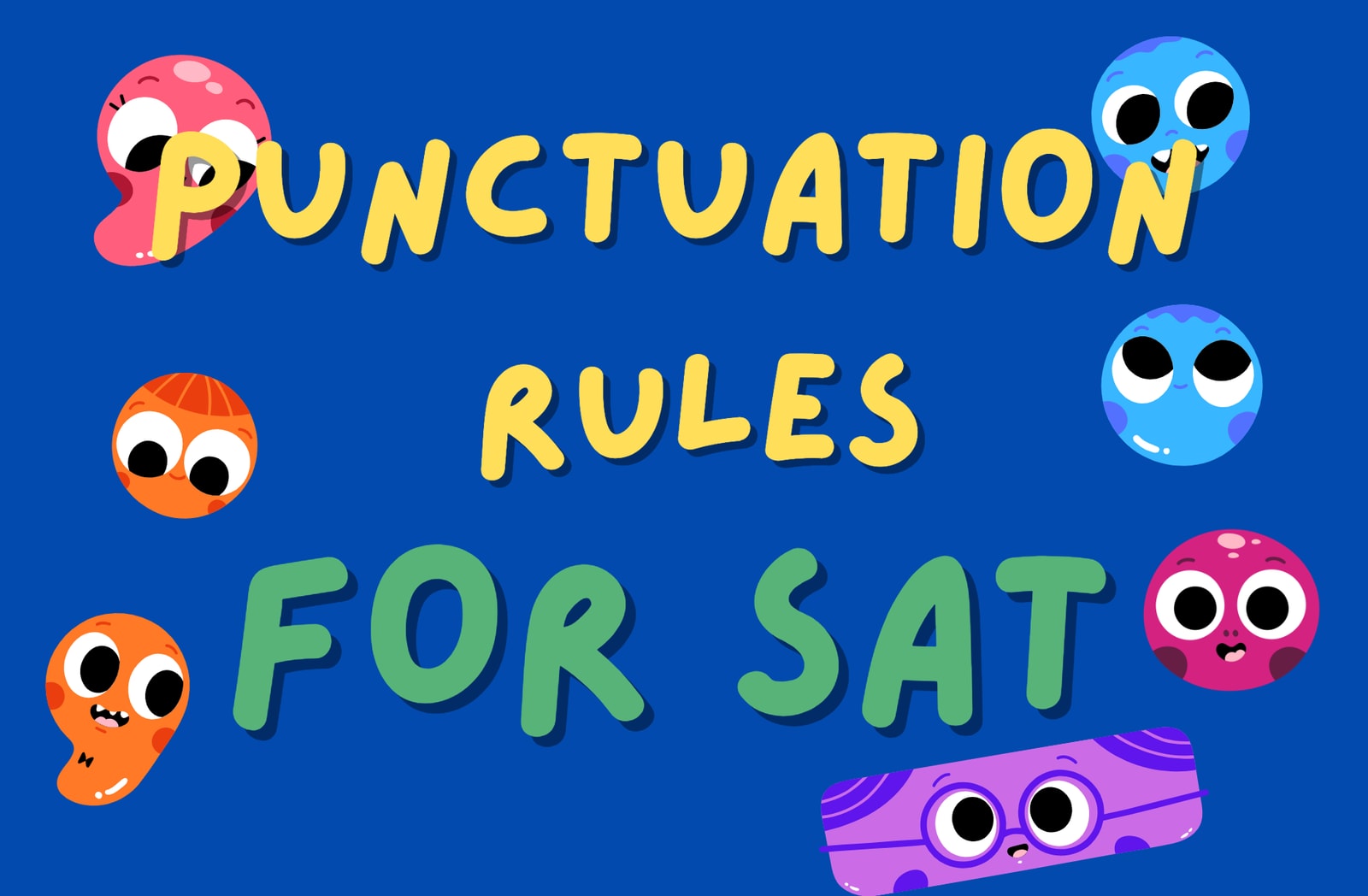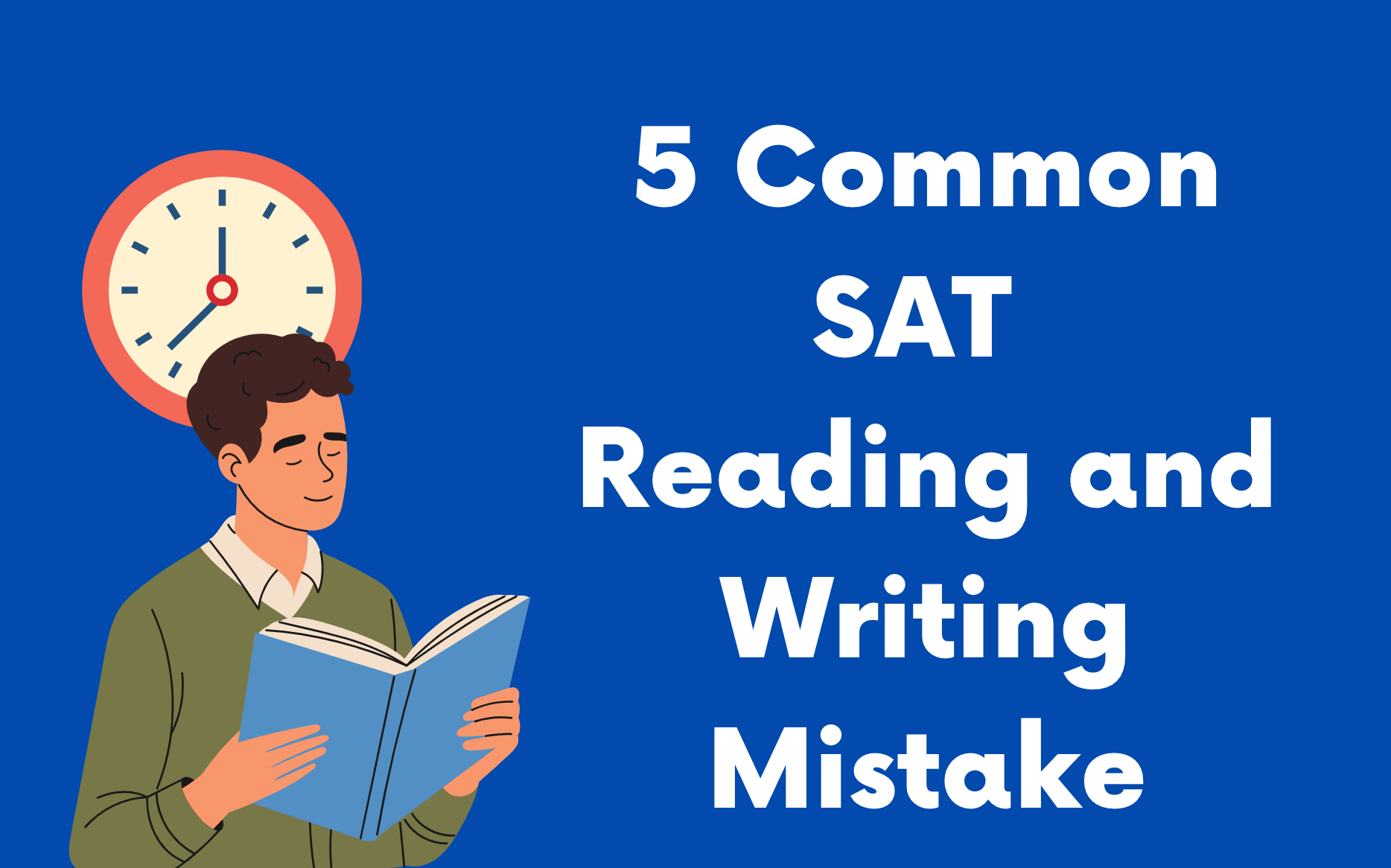
Mastering SAT punctuation rules is crucial for improving your performance on the test. Below is a clear, concise guide reformulated from the original article, focusing exclusively on punctuation rules that appear on the SAT. This summary is structured to help you understand key concepts and practice effectively for the exam.
Punctuation—commas, semicolons, colons, and em-dashes—can seem overwhelming at first. But don’t worry—it’s not as complicated as it looks. In fact, mastering how and when to use these punctuation marks can significantly boost your clarity in writing and your confidence on test day.
Why Do Punctuation Rules Matter?
The purpose of punctuation is to guide your reader by reflecting the natural flow of speaking—pauses, emphasis, and rhythm. It helps your writing make sense and communicates ideas more clearly.
Rule 0: Punctuation is Intuitive
Before diving into specifics, remember this: punctuation often follows where you would naturally pause while speaking or reading. If you're ever unsure about a sentence's punctuation, read it aloud. Where you naturally pause is often where punctuation is needed. For example:
Imagine you were reading without pauses without structure or punctuation it would sound chaotic wouldn’t it?
To make sense of the sentence, you'd naturally pause after key phrases. Punctuation works the same way: it organizes writing into readable chunks.
Rule 1: Commas in Lists
One of the clearest uses of commas is to separate items in a list of three or more. For example:
The SAT tests your skills in reading, writing, and math.
Note that before the final item in a list, there is an optional comma called the Oxford comma. On the SAT, it’s always better to include this comma for clarity:
She bought apples, oranges, and bananas. ✅
She bought apples, oranges and bananas. ❌
Hint: Never place a comma after the coordinating conjunctions "and" or "or" in a list.
Rule 2: Using a Colon to Introduce Information
A colon (:) is used to introduce a list, an explanation, or additional emphasis, but only after a complete sentence (an independent clause). Think of the colon as a “gateway” that invites further details.
Example for a list: He brought everything he needed for the exam: pencils, an eraser, and a calculator.
Example for emphasis: She had one clear goal: to succeed.
Always check whether the part before the colon is a stand-alone sentence. If it isn't, don't use a colon.
Rule 3: Using a Semicolon to Connect Independent Clauses
A semicolon (;) joins two related independent clauses (complete sentences) without a conjunction. It’s like a softer period, suggesting the two ideas are closely connected:
The library was quiet; everyone was focused on their work.
To verify proper semicolon use, replace the semicolon with a period. If both parts make sense as full sentences, then it’s correct.
Rule 4: Commas + Conjunctions to Separate Independent Clauses
Another way to connect two independent clauses is by using a comma and a coordinating conjunction (and, but, or, so, yet, for, nor):
I studied for hours, but the test was still challenging.
A handy formula to remember: Independent Clause + [, + and/but/or] + Independent Clause.
If a conjunction like "and" or "but" is missing, use a semicolon instead of a comma.
Rule 5: Commas with Dependent Clauses or Modifiers
Use a comma after a dependent clause (a sentence fragment) when it comes at the start of a sentence. Dependent clauses cannot stand alone but provide additional context to the independent clause that follows:
When the exam started, my nerves disappeared.
Flustered by the unexpected question, I paused for a moment.
The pause created by the comma makes the sentence easier to read and understand.
Rule 6: Commas with Appositives
An appositive is a noun or phrase that renames or adds information to another noun. Whether or not you use commas around an appositive depends on whether it’s essential to the sentence’s meaning:
Use commas when the appositive is non-essential (extra information):
Amelia Earhart, the famous aviator, disappeared in 1937.
Don’t use commas when the appositive is essential (necessary specifics):
My friend Sarah is applying to Harvard.
Tip: If the sentence makes sense without the appositive, set it off with commas. If the appositive is critical, leave the commas out.
Rule 7: Em-dashes for Emphasis or Parenthetical Information
The em-dash (—) is a versatile punctuation mark that adds emphasis or extra information. It’s often used where commas, parentheses, or colons could also be appropriate:
To emphasize information: There is one thing she valued most—honesty.
To replace parentheses: The SAT—which students often fear—is not as hard as it seems.
To indicate an interruption: “Wait—what time is the exam?”
Tip: Use dashes sparingly to avoid making your writing look cluttered.
Key Takeaways for SAT Punctuation
Pause and listen: Where you pause naturally in a sentence often signals the need for punctuation.
Know the structure: Check whether you're working with independent clauses, dependent clauses, or lists, and apply the proper rules accordingly.
KISS (Keep It Simple, Students): Over-complicating sentence structures often leads to comma overload. Use punctuation for clarity, not confusion.
Practice Exercises
Put these rules into action by practicing your own sentences:
1. Commas in lists:
Write a list with at least three items separated by commas. Example: I enjoy reading, writing, and hiking.
2. Colon introduction:
Write a sentence introducing a list or explanation using a colon. Example: He's prepared for the test: a pencil, a notepad, and hours of studying.
3. Semicolon connection:
Write two related independent clauses joined with a semicolon. Example: I wanted to sleep; my thoughts kept racing.
4. Dependent clauses:
Start a sentence with a dependent clause and link it to the main clause with a comma. Example: Although I was nervous, I aced the exam.
5. Appositives:
Add extra information about a person or topic with appositives. Example: My professor, a published author, encouraged me to write more.
6. Em-dashes:
Use an em-dash to emphasize a key idea. Example: There's one thing you must remember—punctuation matters!
Final Word
The key to mastering SAT punctuation is understanding its purpose: to make sentences clear, logical, and easy to follow. Use these guidelines as a foundation, but don’t forget to practice regularly. With time, punctuation will feel intuitive—and your SAT Reading and Writing score will thank you. Good luck! 🎓
Related Posts

Discover effective techniques for analyzing data graphics in SAT Reading and Writing to boost your comprehension and test performance.

Struggling with the Digital SAT Reading & Writing section? Discover 5 common mistakes students make and actionable tips to boost your score!